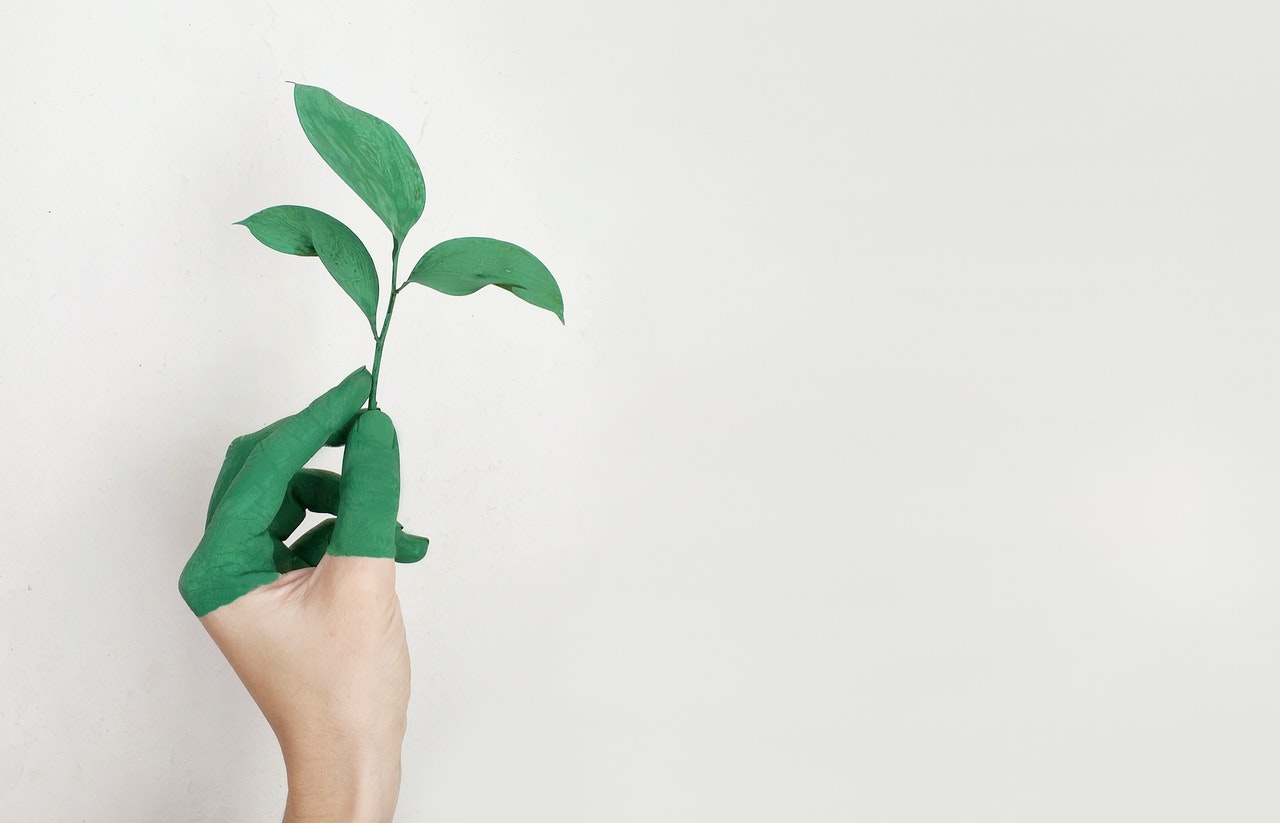The summer heat that hit Europe once again reminded countries of the need to switch to clean energy, which everyone forgot a little about due to geopolitical problems in the east of the continent.
Naturally, with a new surge of interest in moving away from fossil fuels, the main question of the green revolution in energy has returned: who will pay for all this?
The question is far from being idle, because we are talking about astronomical sums from which Europeans, discouraged by electricity and gas bills coming in recent months, will become completely ill.
Another blow to the supporters of the “green” transition was dealt, writes Barron’s, Deutsche Bank Research analyst Luke Templeman and senior economist Eric Heimann.
Their study shows that the transition to renewable energy will send the Old World into a sharp and prolonged “green inflation.” The new term, coined by German experts, implies a sharp increase in the cost of materials, associated costs, regulatory measures, and much more, one way or another, connected with the “green” transition.
Templeman and Heimann concluded that by 2030, if Europeans are to zero their carbon emissions by 2050 as planned, they will have to spend three times the balances of the Fed and ECB in the two pandemic years, or about 27 trillion dollars.
Moreover, green inflation will be felt in all spheres of life of Europeans and, of course, the rest of the planet’s inhabitants, from gas stations to rooms where meetings of the boards of central banks of European countries are held.
Researchers make an unequivocal conclusion: green inflation is inevitable! It has already manifested itself and will continue to manifest itself soon in further price increases. True, not everything is so hopeless, according to the authors of the Deutsche Bank study. Certain factors, including technological advances, may soften the rise in prices a bit.
Templeman and Heimann identified some drivers of green inflation in the near future. The main ones, in their opinion, are the transition to clean energy and climate disasters.
The driver of greenflation will be the costs associated with the transition from fossil fuels to renewable energy sources. Rising prices for metals such as copper, aluminum, and lithium, without which growth is impossible, will play a significant role in bringing the costs of the “green” revolution to astronomical heights.
All of them are necessary both for the production of wind and solar energy, as well as for the electrification of the automotive industry and other technologies related to renewable energy sources.

